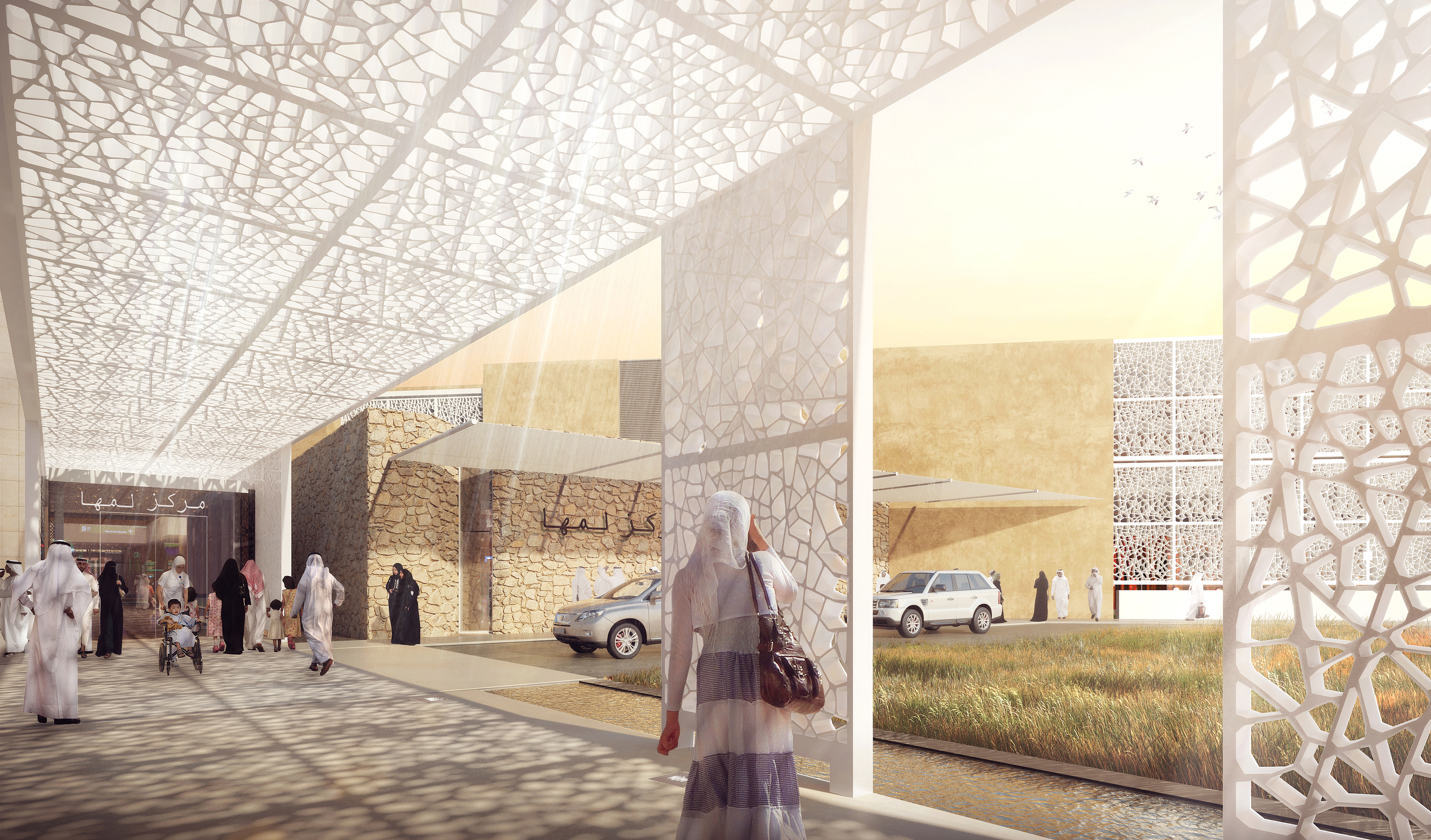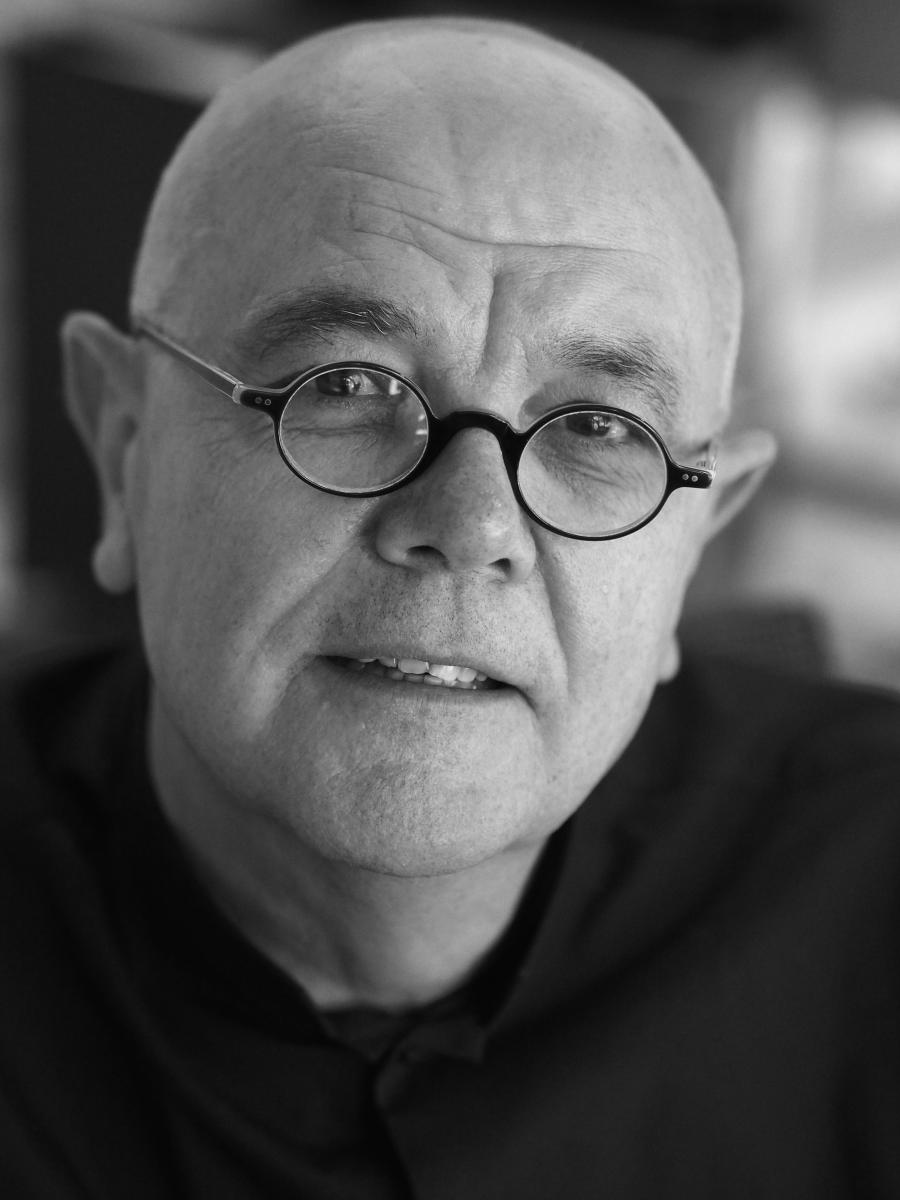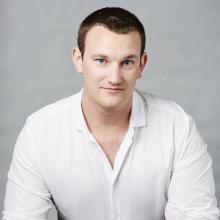
An interview with Ronald Hicks | Principal and Head of Health + Research Sector | HDR | Rice Daubney.
STEVE NAPIER: What’s your background in architecture? Mainly, how did you specialize in healthcare?
RONALD HICKS: I am from South Africa, and I had done some healthcare work in South Africa before I came to Australia. I was with a company called Silver Thomas Hanley Daryl Jackson, and then after that period I joined Rice Daubney about ten years years ago. When I came to Rice Daubney, I headed the Health and Research Sector, so health and science and technology was my total focus over the last 10 or so years. I think it is an appropriately full-time commitment—it is certainly a specialized subset. It’s not a secret science or anything like that, but it is complex.
SN: What skill set do you bring to differing healthcare projects?
RH: I’ve had exposure to a broad range of project-delivery models. I’ve done tiny regional clinics in Swaziland to 170,000-square-metre hospitals. As an architect, I have considerable experience in the technical side of what hospitals are about, and I’m never embarrassed to ask questions about the technologies that will occupy a space. I try to integrate the very complex set of drivers of what makes a hospital work with architectural drivers, which is not easy because there are often very competing factors. But you have to remain an architect at heart to better serve the users’ needs.
I’m particularly interested in cancer-care buildings. I’ve done quite a few of those now. There haven’t been many people in this world who have not been touched by this illness in some way or other. These buildings bring out in me a different degree of motivation. There’s also a little project I’ve done in the Middle East that services disabled kids. There’s something special about working in that environments, as well.
SN: Going back to how you are first and foremost an architect at heart—I suppose it’s about understanding people and programmes?

Sectorof HDR | Rice Daubney
RH: If you approach them correctly with underlying architectural principles, and when you’re dealing with people in a compromised condition, the outcome can be meaningful. Hospitals shouldn’t focus on illness; they should focus on wellness. Physical wellbeing is a very serious matter.
SN: Where does Australia stand in terms of healthcare in general compared to the rest of the world?
RH: Australia stacks up very well. We have been consolidated into a bigger practice called HDR, a US-based practice. I’ve been lucky enough to have be exposed to work around the world—there is no question that the standard of Australian healthcare facilities is very good. There are examples in Europe of superb pieces of architecture in the healthcare space. Australian architects are right up there, but because of our small population, our exposure to highly specialized facilities is at a lower level.
SN: What global projects have you worked on where you could say boundaries were pushed?

represents the realisation of the late Professor Chris O'Brien’s
vision for the creation of an integrated cancer facility on the
Royal Prince Alfred (RPA) Hospital campus.
RH: The Chris O'Brien Lifehouse in Sydney has been called very interesting and different. It was very aspirational—that cancer-care facility was trying to fulfill the ambitions of Chris O’Brien, a doctor who personally experienced the condition he had spent his life treating. The people responsible for realizing this vision took that responsibility very seriously, and that made the delivery of that project a very unique experience. It taught me a huge amount.
Also, the Sunshine Coast University Hospital PPP was a very commercial and competitive environment. It bring a whole set of other challenges. A well-rounded architect is one who can extract positive things from tough experiences. No matter how many years of experience we have as architects, we must still be willing to soak up as much of the positive influences and dynamics we’re exposed to.

We’ve just done this project in Qatar, which was an incredibly stimulating experience. This building [The Hamad Medical Corp. Center in Al Wakrah Hospital; see topmost photo], which won an award last year, is close to Doha but not in one of those new cities, but in a little fishing and pearling settlement. Our building—any building—is all about context. It had a high degree of difficulty; it was more of a long-term, residential care type of facility for disabled kids. This building, I think, reflects the excitement we felt as a team to execute it.
SN: Your presentation during the World Architectural Festival was fascinating.
RH: We tried to focus on non-clinical aesthetics, and I think that’s where timber really comes into its own. There’s no doubt that the traditional, conservative approach to using timber in healthcare services has changed. People are much more open now to the use of this product. You are still confronted by your clients about this product, but I think it’s becoming less.
In 2016, hospitals represent a synthesis. The hospital today as we know is a bit like a hotel and an airport; there’s some retail; it’s a mixed environment. Within the open spaces, that’s where timber comes into its own. The driver has to be: What is the product that I’m leaving? What kind of spaces have I created? Is the environment responsive? There’s been a lot of work done around evidence-based design outcomes in health. There is proven evidence of improved healthcare outcomes with better environments for patients—faster response to medication, reduced length of stay, and discharged in a better condition. ![]()

